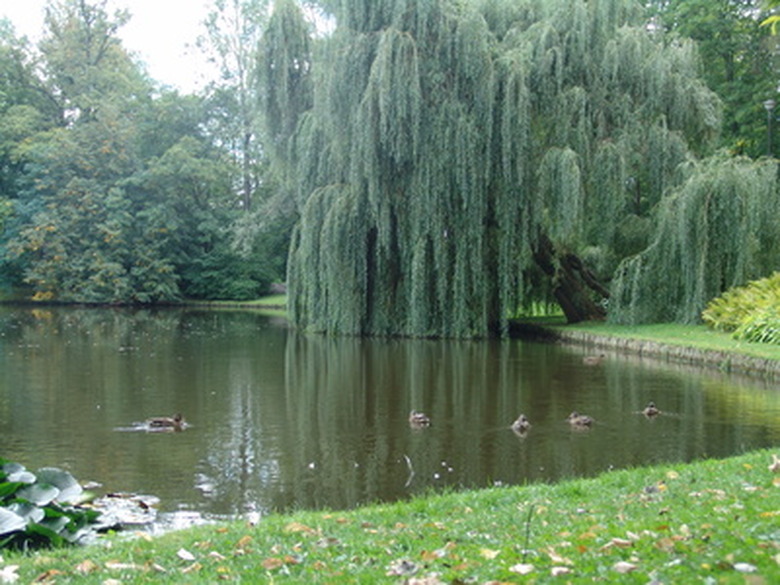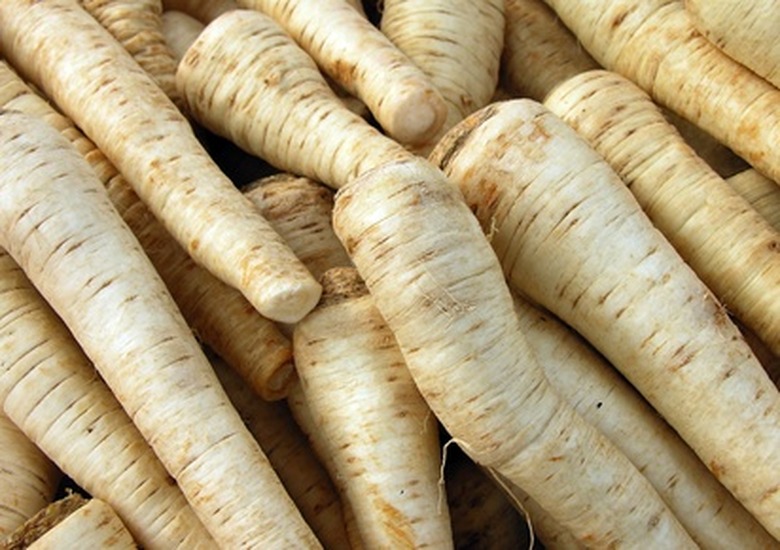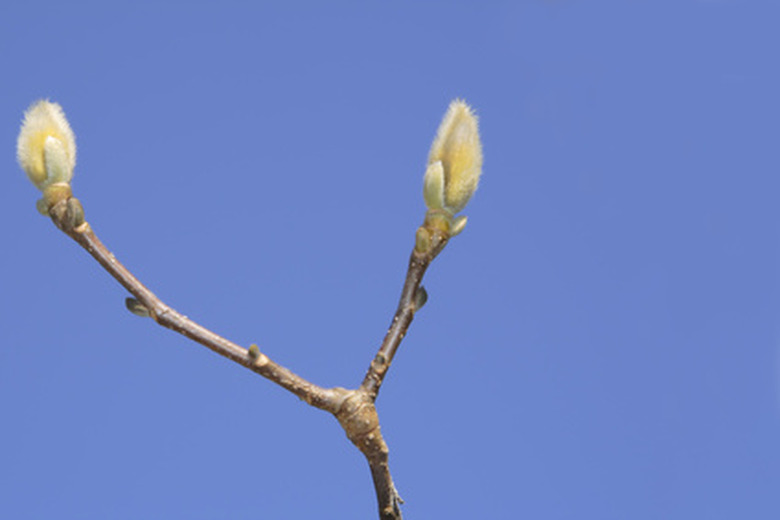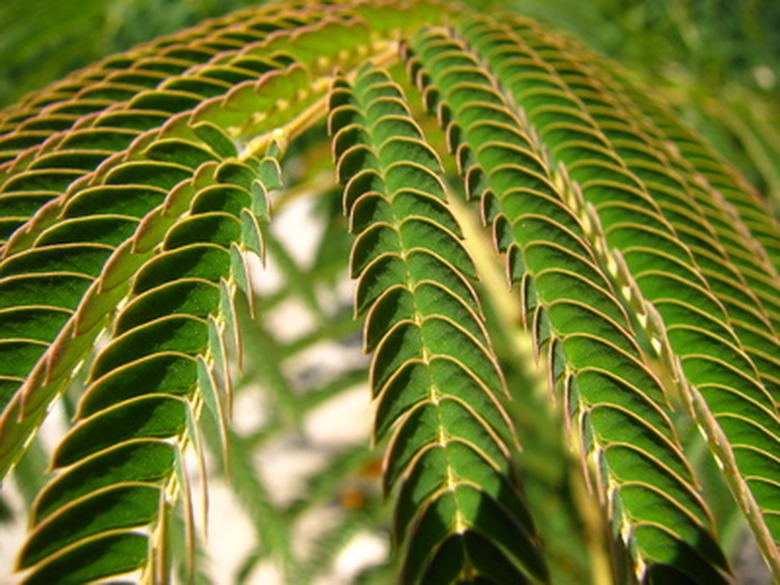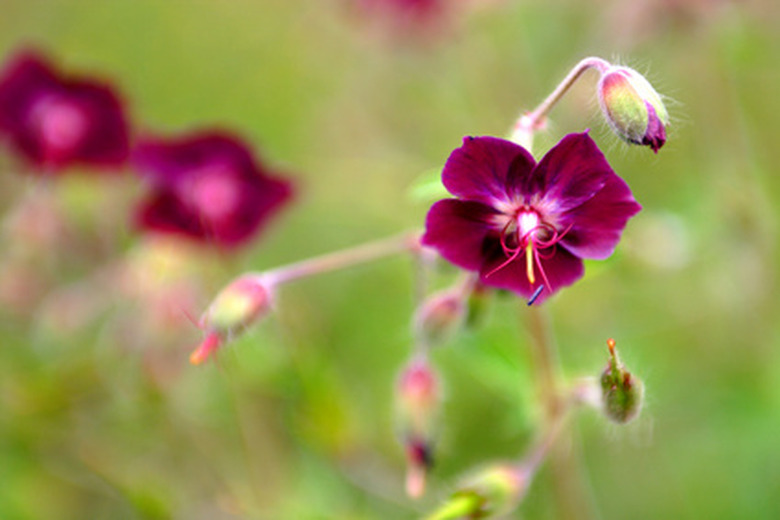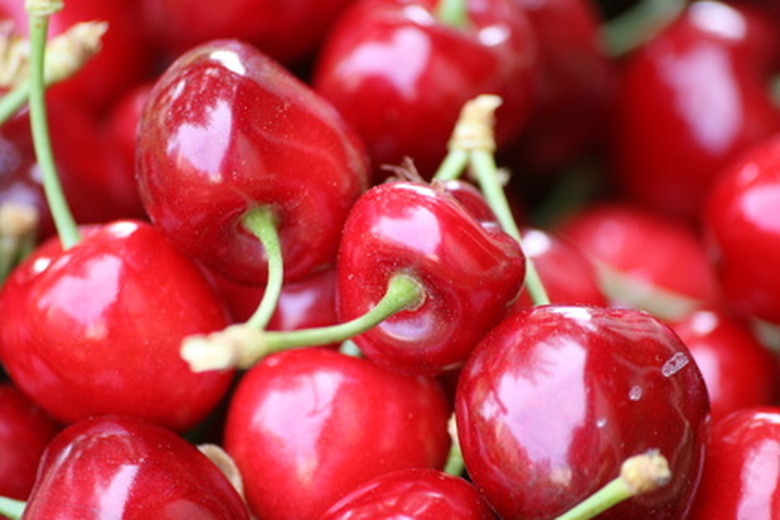Six Basic Parts Of A Plant
Nothing mysterious awaits those trying to learn the basic parts of a plant. Parts you've been aware of for as long as you can remember will give you most, if not all, six basic plant parts. Those parts are, from underground to farthest out, roots, stems, buds, leaves, flowers and fruits.
Roots
Roots do more than just keep the plant anchored. They also perform the vital job of taking in water, oxygen and nutrients from the soil. They absorb these important survival elements, using some and conducting the rest to other parts of the plant.
Two main kinds of root systems accomplish the work: diffuse (or fibrous) systems and tap-root systems. The first branches abundantly; their presence in soil prevents erosion.
- Nothing mysterious awaits those trying to learn the basic parts of a plant.
- Two main kinds of root systems accomplish the work: diffuse (or fibrous) systems and tap-root systems.
Tap-root systems have one main root that is bigger than the rest, with smaller roots branching out to perform most of the absorption work.
Adventitious roots grow in some plants. These can become new plants.
Stems
Stems hold the plant up and also serve as the transport system on a plant, carrying water and minerals absorbed by roots and distributing the food created by leaves.
Some plants grow woody stems, while others stay soft and green. This latter kind of stem is herbaceous, and makes the plant an herbaceous plant. Woody stems grow in diameter over time.
- Tap-root systems have one main root that is bigger than the rest, with smaller roots branching out to perform most of the absorption work.
- Stems hold the plant up and also serve as the transport system on a plant, carrying water and minerals absorbed by roots and distributing the food created by leaves.
Buds
From buds emerge stems and flowers. Lateral buds occur on the sides of stems at regular intervals. Buds at the top of twigs are called terminal (or apical) buds.
Buds come in different sizes. Flower buds are typically larger than buds producing vegetation. Cabbage is a very big and heavy terminal bud.
Leaves
Leaves grow sideways from stems, presenting a wide surface to absorb the sun, which leaves turn into food. The wide surface is called a blade; the stalk attaching the leaf to the stem is a petiole.
- From buds emerge stems and flowers.
- The wide surface is called a blade; the stalk attaching the leaf to the stem is a petiole.
Blades come in many shapes and sizes, some dividing into several leaflets. These are called compound leaves. Simple leaves don't divide.
Leaves "breathe" through pores in their surface called stomata. Through the pores, they take in carbon dioxide and release oxygen. Morning dew is also the result of plant respiration.
Flowers
Flowers are sexual organs, possessing up to four parts: sepals, to protect the flower bud as it develops; petals, which attract pollinators with color, scent and nectar; stamens, the male parts of a flower; and female parts called carpels, often fused into a single pistil at the very center of the flower.
- Blades come in many shapes and sizes, some dividing into several leaflets.
- Through the pores, they take in carbon dioxide and release oxygen.
Fruits
Fruits and seeds are the end result of a plant successfully completing its sexual reproduction. Seeds develop from fertilized eggs, each containing an embryonic plant plus endosperm, which feeds the embryo as it starts to sprout.
Fruits develop from swelled and ripened flower parts, often the ovary, which once contained the unfertilized eggs. You can see the walls of the ovary in the core of an apple and as the pod that encloses peas.
References
- "Botany: A Functional Approach"; Walter H. Muller; 1970
- Ohio State University Extension, Master Gardener: Botany
